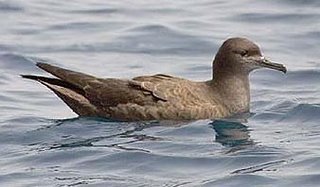
Wales could lose one of its rarest birds of prey, the Red Kite, because of climate change and other human impacts, WWF Cymru warned today.
Morgan Parry, Head of WWF Cymru, said, "This beautiful creature can be found mainly in rural Ceredigion but they could soon be under threat throughout the whole of Europe. Scientists have projected that the Red Kite will suffer up to 86 per cent loss of its habitat due to climate change and other human impacts unless we act now.
Read More...
Tags: Birds, Climate Change, Global Warming





